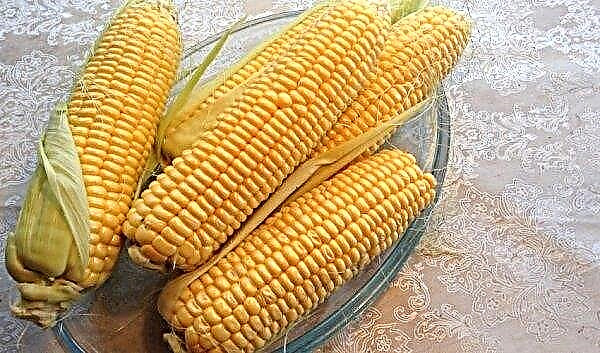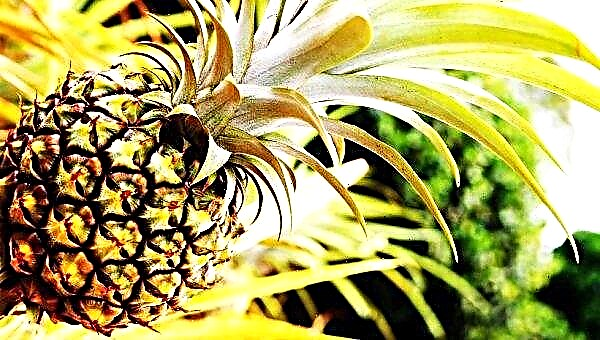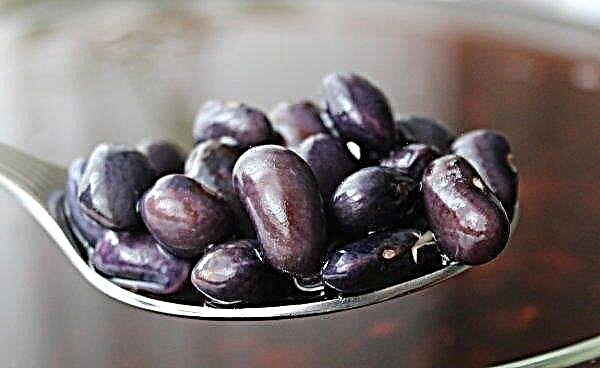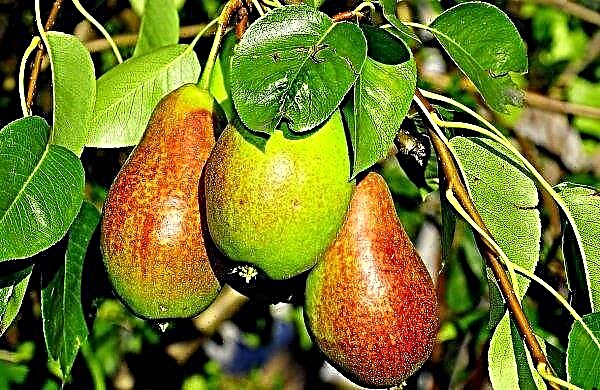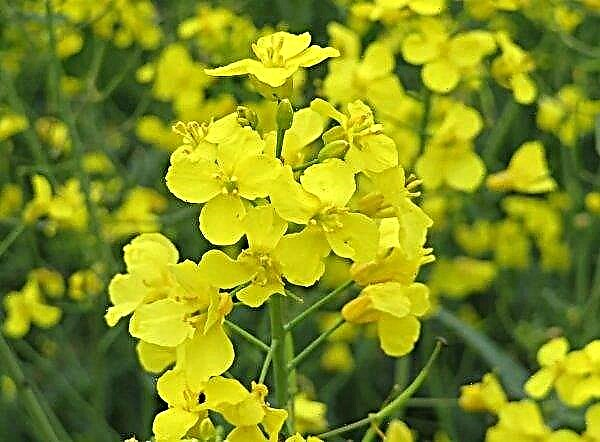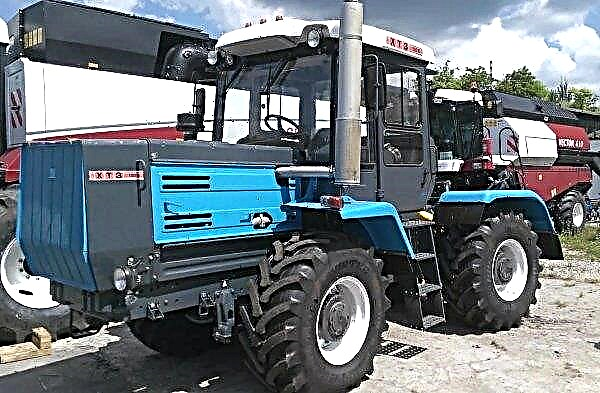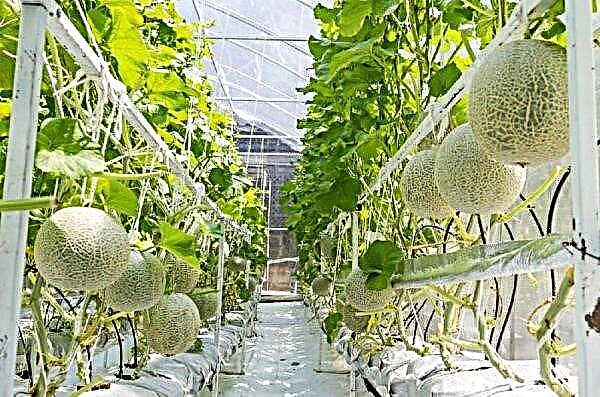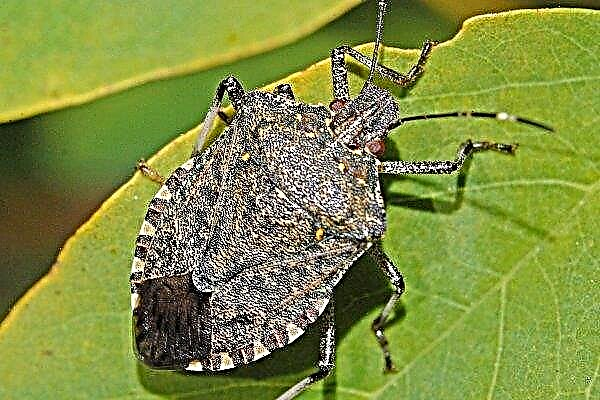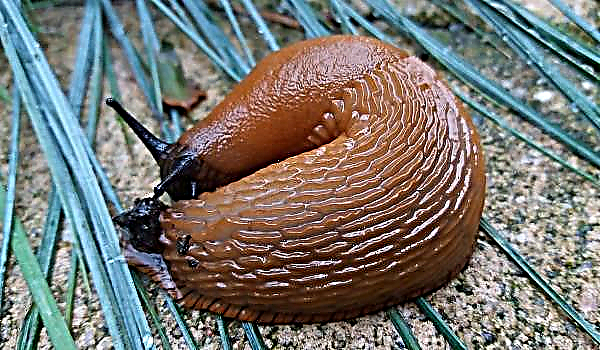Geotextile is a synthetic fabric made using new technologies, which has found application in many fields of human activity. One of them is landscape design. To get the maximum effect from its use, it is necessary to consider what type of material and in which cases it should be used.
Advantages and disadvantages of using geotextiles
This material, due to its advantages, is more and more used in landscape design. It is lightweight and compact, durable and economical, easy to install, can pass water and retain soil, inhibits weed germination, maintains a uniform soil temperature as a result of heat exchange, is chemically neutral and resistant to mechanical action.
 Among the shortcomings can be identified instability to direct exposure to UV radiation and the additional costs of its purchase in the arrangement of the territory.
Among the shortcomings can be identified instability to direct exposure to UV radiation and the additional costs of its purchase in the arrangement of the territory.
Geotextile Features
Geotextiles have many properties, this allows it to perform various functions.
The main characteristics of this material should be highlighted:
- good moisture permeability;
- does not give in to decay;
- retains its properties for about 15 years;
- it is used in a temperature mode of -60 ° C – 60 ° C;
- can hold soft soils on slopes;
- prevents weeds and plant roots from germinating.

Varieties of geotextiles for landscape design
Geofabric in its composition is divided into:
- polypropylene - a durable material that is moisture permeable and does not rot;
- polyester - the material is more ecological, but has less strength;
- multicomponent - It is produced from recyclable materials, it costs less, but it serves less.
This fabric can be classified by the method of production. It is divided into woven and non-woven. Woven geotextiles are made by weaving threads. It has high strength, therefore it is mainly used in construction. With a low coefficient of strength, woven geotextiles are used in the design of the territory.Important! Geotextile, which is used to grow plants, is called agrofiber. It can be of two types: white - for sheltering plants, and black — for sheltering the soil.

They can strengthen the slope in the country, to form an area for the beds. It is not suitable for drainage and filtration. Non-woven type of geotextile has found wider distribution in the design of territories and growing plants. It is worth considering in more detail its types.
Did you know? Geotextiles began to be produced in the USA and France in the 60s.
Needle-punched geotextile
One of the types of material is created by needle-punched method. It is non-woven and consists of polyester materials. Its purpose is to protect plants on the site from weeds, ultraviolet radiation, frost and strong wind. To do this, textiles are laid in the ground or spread on top of plants, depending on the goal.

In the design of the territory, this type of material is used to create rock gardens, under pavement paths, in the construction of artificial reservoirs, sports fields and football fields. It finds its application when it is necessary to separate the layers of materials, to prevent walls and foundations from moisture, to cover the drainage layer, to reinforce the shore and slopes.
Did you know? The use of geotextiles in the construction of roads reduces the cost of construction by 30-40% by reducing the thickness of the rubble layer.
Thermally bonded geotextile
This non-woven type of material is obtained by thermal bonding of fibers. For this, only polypropylene yarns are used. It has great strength. But its disadvantage is that it allows water to pass only in the transverse direction. Due to its high strength, it is often used to strengthen the soil.

Which geotextile is better to use in landscape design
In landscape design, it is better to use needle-punched geotextiles. Due to its high filtering ability, it becomes suitable for any soil, even clay. On the slopes, to reinforce its strength, you can use a reinforcing geogrid.
It is made from the same materials using similar technology. The main characteristics of the geogrid are strength, non-toxicity, neutrality when exposed to chemical components, resistance to UV rays. It is used to prevent the washing off of fertile soil, the fight against erosion on the slopes.
- The geo-fabric used in the design of the garden will help to solve the following problems:
- equip lawns and protect flower beds from weeds;
- preserve the fertile soil layer;
- to strengthen the soil on the slopes;
- protect plants from the adverse effects of nature.
Apply agrofibre covering it completely with the bed. The holes are cut with a knife, carrying them in the perpendicular direction. Saplings are planted in the holes. In this case, the pores of the material are not clogged, and the fruits are not contaminated with soil.
Video: How to choose geotextiles
How to apply geotextiles
Geotextiles have the ability to separate layers of materials or soils with different fertility, not allowing them to mix, can serve as a filter and are widely used in drainage works, protect against weeds and tree roots, enhance slopes and prevent erosion. Depending on the functions that the material has, its various types are used for arranging the territory.
Important! When covering the beds with agrofiber, this should be done with an overlap of 25 cm.
Garden Path Improvements
To equip the paths in the garden:
- Determine the exact boundaries of the path and pull along the edge of the fishing line.
- Dig a ditch within the given boundaries with a depth of 35–40 cm;
- Cover the even surface of the moat with geotextiles with a density of 150-200 g / m² so that on both sides the edge rises 5-8 cm above the soil.
- Pour crushed stone at a thickness of about 15 cm.
- Spread a second layer of textile.
- Cover the surface with fine sand 10–12 cm thick.
- After tamping, paving slabs should be laid.
 At the end of the work, the protruding edges of the geotextile must be cut off, and the gaps between the tiles filled with sand. This path has many advantages compared to the one in the construction of which geotextiles were not used.
At the end of the work, the protruding edges of the geotextile must be cut off, and the gaps between the tiles filled with sand. This path has many advantages compared to the one in the construction of which geotextiles were not used.Crushed stone serves as a drainage base for the track, and thanks to the non-woven material, it does not mix with the ground. Sand also does not mix with crushed stone and serves as a pillow for tiles. All materials are well compacted. In the case of subsidence of a small area, you can easily correct the situation by sprinkling sand under a raised tile. In addition, the material protects the path from germination of weeds, which is not unimportant.
Did you know? From geotextiles, you can construct an African bed on top resembling a keyhole. In the center of it is a compost basket, watering which the bed receives nutrients.
Waterproofing of reservoirs
During the creation of an artificial reservoir in the area, the main component of this structure is a waterproofing membrane. They lay it on the surface of the pond so that the water does not leave it. To prevent damage to the membrane, it is necessary to lay geotextiles with a density of 250 g / m² on the ground. It will not be superfluous to cover the waterproofing material on top with another protective layer of textile.
Landscaping at home
The universality of geotextiles is that it can be used in the creation of any structures in the country. With the containment of inclined soils, the creation of open playgrounds and inclined forms, rocky gardens, patios can not do without its use. The material has been successfully used for lining under a layer of turf when creating lawns.
Arrangement of foundations and walls
To protect the concrete foundation from groundwater, thermally bonded material is used. It does not accumulate moisture, passes it only outward, separates the foundation from the ground, protects from the destructive influence of the roots of closely growing trees. The basic parameter for choosing a material is its density. For this type of work, it should be 250 g / m².

A material with a lower density may not withstand the load and break, with a larger one it will cost more. Geotextiles are rolled into a trench under the foundation along the entire length. The cut parts of the canvas are overlapped. The height margin should be above the level of the proposed foundation. The following layers of the base of the house are installed on top of the fabric.
For flower beds
Also, using agrofibre, you can separate the soil layer and decorative mulch on the flower beds. This will help fight weeds, save moisture for plants and prevent the soil from mingling with the mulching layer.
If the soil on the flowerbed is not fertile, then the fiber can be used for planting plants in holes or ditches, covered with it and covered with fertile soil. After this application, the fertile soil will not erode, which will increase the efficiency of plant growth.Important! The pores in the agrofibre not only pass moisture, but also provide the necessary air exchange. Loosening of the soil is not required, since the soil does not compact, due to capillary moisture.

Crushed stone underlay
When constructing paths in a section of pebbles or gravel, it is sufficient to lay one layer of textile. If you do not use this material, then the coating will soon sink into the ground. As a result, the track is covered with bumps and puddles. On top of such an embankment, you can install a wooden flooring. It will look attractive in the design of the garden, and its life will be much longer.
The use of modern material in the design of the territory is due to its versatility and high quality. Obstruction in the appearance of weeds and the ability to pass moisture in one direction helps a lot in caring for plants and in landscaping a summer cottage. To achieve maximum effect, you should follow the advice of specialists and choose the right material for a certain type of work.

